If you’re confused about how to calculate macros for weight loss, don’t worry. You’ll learn EXACTLY how to count macros the EASY way AND you’ll learn which calculator to download today.
If you can calculate macros when you first start eating low-carb, you will be far more successful on your weight loss journey as well as weight maintenance for years to come!
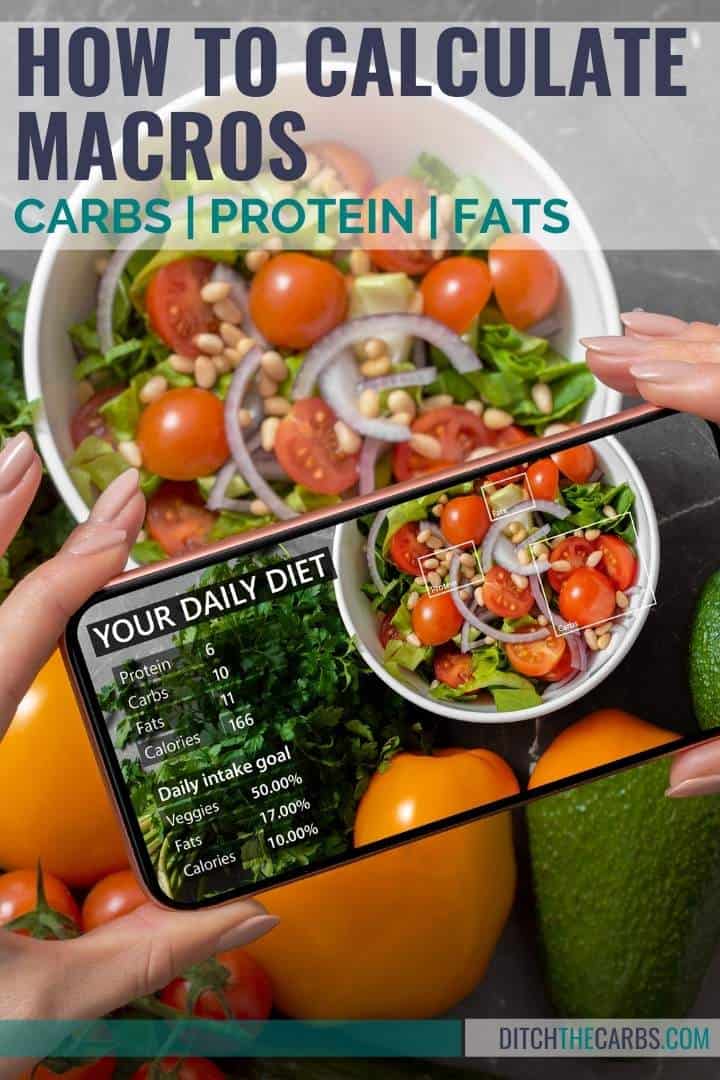
What are macros?

Macros (otherwise known as ‘macronutrients’) simply refers to three main groups of nutrients that our bodies require to perform functions and thrive. These include:
- Carbohydrates
- Protein
- Fats
It’s the way in which you adjust your daily macros that can help you lose fat, maintain weight or even gain weight, depending on what your goal is (which can also change throughout your life).
Are you ready to lose weight and heal your body for life (without dieting, drugs, or making yourself miserable)?

Our free on-demand video training will walk you through how to make this THE year you set health goals…and keep them.
As opposed to a standard diet containing around 20% fats, 30% protein and 50% carbohydrates, the keto diet shifts these macro percentages with carbohydrates being the lowest among the three.
How many carbs should you have each day?
How many carbs you consume each day will be dictated by your health goals and carbohydrate tolerance.
Generally, a low-carb diet is considered to be:
- <100g/day = moderate low-carb
- <50g/day = low-carb
- <20g/day = keto
Many readers like to begin by simply reducing their carbs to a level that is sustainable and weight loss still occurs.
Learn how to count carbs to really highlight where your carbs are coming from AND to stop carb creep. Carb counting keeps you honest and accountable.
What do you eat on low-carb ?
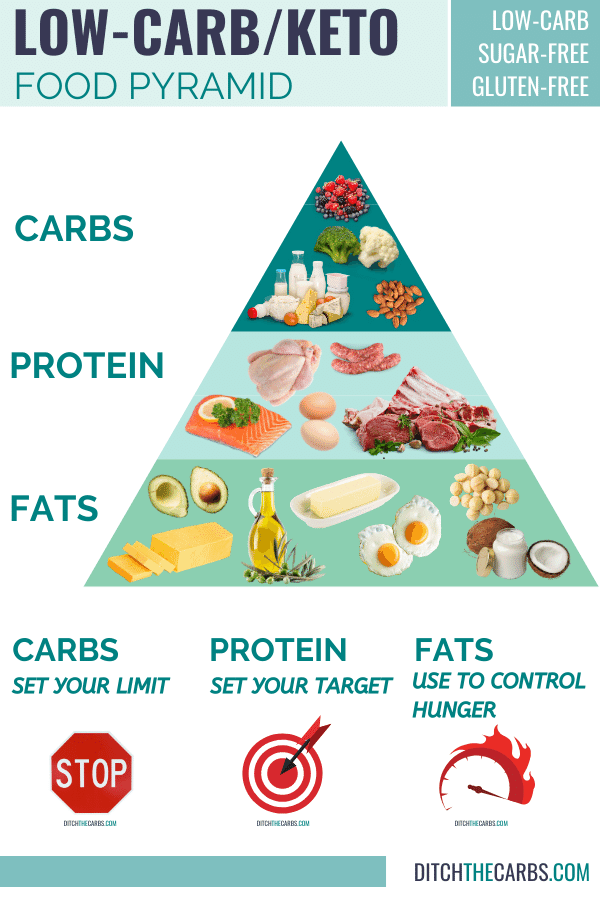
By reducing carbohydrates, moderating protein and increasing total healthy fat intake, your body transitions into a state of “ketosis”. Nutritional ketosis is a state where you burn fat as energy instead of sugar and glucose.
This is a major game-changer for anyone who has tried standard diets.
Mainstream diets are generally low-fat or require calorie counting. They are based on calorie deficit strategies that focus more on quantity (or the lack thereof) instead of fat burning adaptation. Fat burning is most effective through ketosis without the risk of compromising and slowing the metabolism.
The major factor that low-fat diets and calorie counting diets never address is the factor of HUNGER and HORMONES.
Fat storage is not a calorie imbalance, but a hormone imbalance.
For weight loss to occur, insulin levels must be lowered because insulin is our fat STORING hormone.
Read more: The Keto Food Pyramid
How do you calculate your macros for weight loss?
Carbohydrates

The only macronutrient you really need to worry about if you want to balance your hormones, is your carbohydrate intake. is your carbohydrate intake. That’s because you risk being kicked out of the state of nutritional ketosis if you exceed the recommended maximum of 20 grams carbs per day.
Begin by focussing on your carbs at the start and the other two macronutrients are secondary (within reason, of course), yet still important.
Protein

You should not limit your protein intake. It’s best to aim for moderate to high protein levels.
You should also focus on quality proteins from whole food sources.
If your protein intake is too low, you risk losing muscle, not feeling full and not getting all your essential amino acids.
Most people under-eat protein. The dietary recommendations only suggest a protein level that is required to prevent protein deficiency.
Protein requirements also fluctuate depending on activity, muscle building activities, stress, age and periods of healing.
Fat

Moving on to healthy fats as our third macronutrient.
It’s not a great idea to consistently be under your daily fat intake as this can result in hunger and cravings. Hunger is the number one reason most people fall off any type of diet.
Enjoying healthy fats to keep you full and to provide all your essential fatty acids is key to live a healthier lifestyle to meet your weight loss goals.
In summary, always remember that carbs are a limit (20g daily), protein is a target and fat is consumed in order to remove hunger.
Should you focus just on carbs?
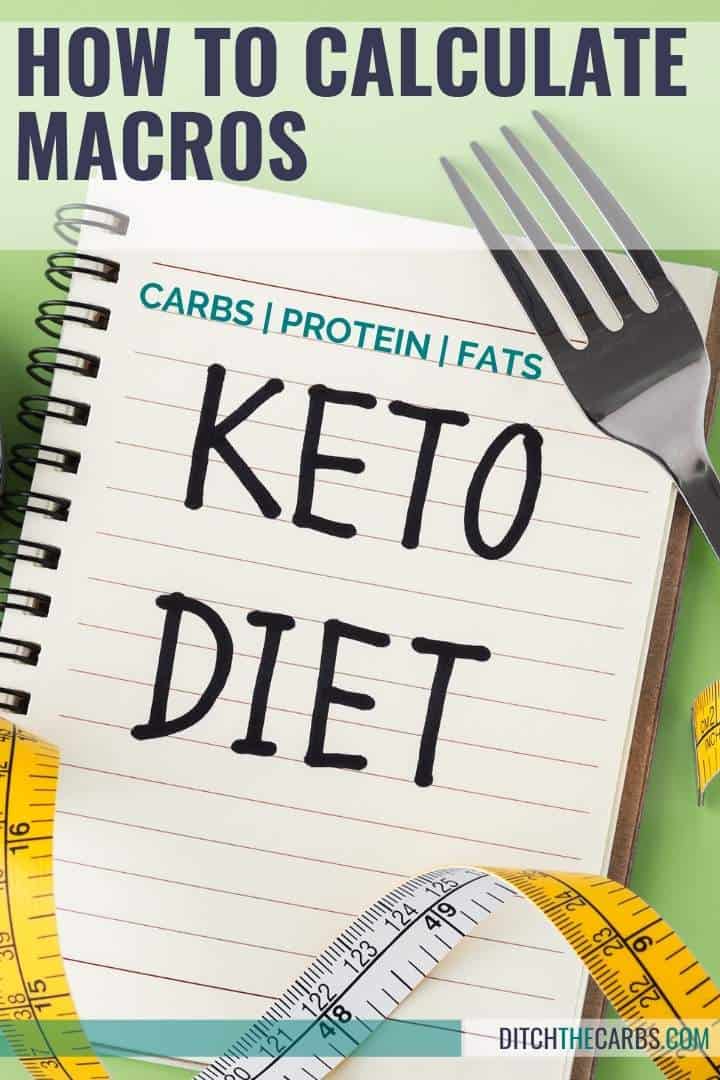
When following a low-carb diet, your main focus is limiting your daily carb intake which is why carb counting is so important.
While going slightly above or below your protein and fat macros is not detrimental to your weight loss efforts, going above your carb intake each day will most certainly kick you out of ketosis and slow down any fat loss progress you were working towards.
Generally speaking, it’s not a problem if you come with +/- 5-10g for protein and 2-3g for fat so long as you have not exceeded your carb intake for the day. The last thing you want to do is drive yourself crazy over number perfection which brings me to my next point….
Many people don’t find it sustainable to count their macros on a daily basis, resulting in burnout and ditching their efforts entirely.
It’s much simpler using macro totals as a guide while adhering strictly to the daily carb limit of 20 grams.
Which is the best APP?
While there are many macro calculators online to choose between, there are fewer that are specific to the ketogenic diet and its adaption of the three macronutrient percentages in order to achieve and maintain a state of ketosis.
Best Apps – Calculate Macros and Tracking Macros

You need to CALCULATE your macros, and you need to TRACK AND MONITOR your macros.
HOW TO CALCULATE MACROS:
My FREE macro calculator is specifically tailored to low-carb diet protocols, including information such as nutrient density score, keto score and insulin index, making it completely unique. Check it out here!
HOW TO TRACK YOUR MACROS:
If you want a reliable and accurate carb counting and tracking app, you can get the FREE version of cronometer.
The Bottom Line
Learning how to calculate macros is imperative to your success BUT it doesn’t have to be forever.
Understanding how to count macros and learning where your carbs are coming from (especially the hidden sugars and hidden carbs) is important. As time continues, you can intuitively choose meals and low-carb snacks to stay within your limits and still continue to lose weight.
Setting your own personal carb limits and macros are fundamental to reaching and maintaining ketosis. This leads to optimal weight-loss and overall health.
Struggling and don’t know how to calculate and set your own macros? Why not join the next 4-week QUICKSTART programme so you can finally reach your goal.
–>Watch our free training video to fully understand the benefits of a low-carb lifestyle and why we track macros in TAS.
What if you could actually take control of
your health in just 10 days?
It’s not your fault you can’t lose weight as a woman over 40 even though you’ve likely tried literally everything. Your metabolism probably feels broken and your hormones are likely all out of whack.
But you can fix it all with ONE simple change: eliminate sugar. We make it super easy with daily lessons teaching you the science behind what makes us gain weight in our midlife and beyond! Are you ready to get started now?

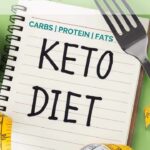


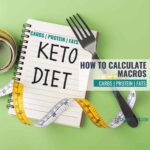
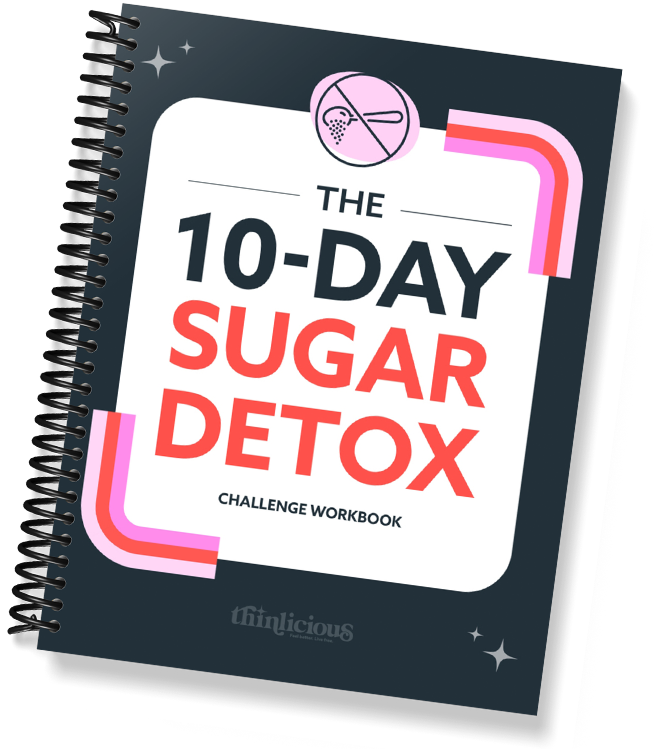
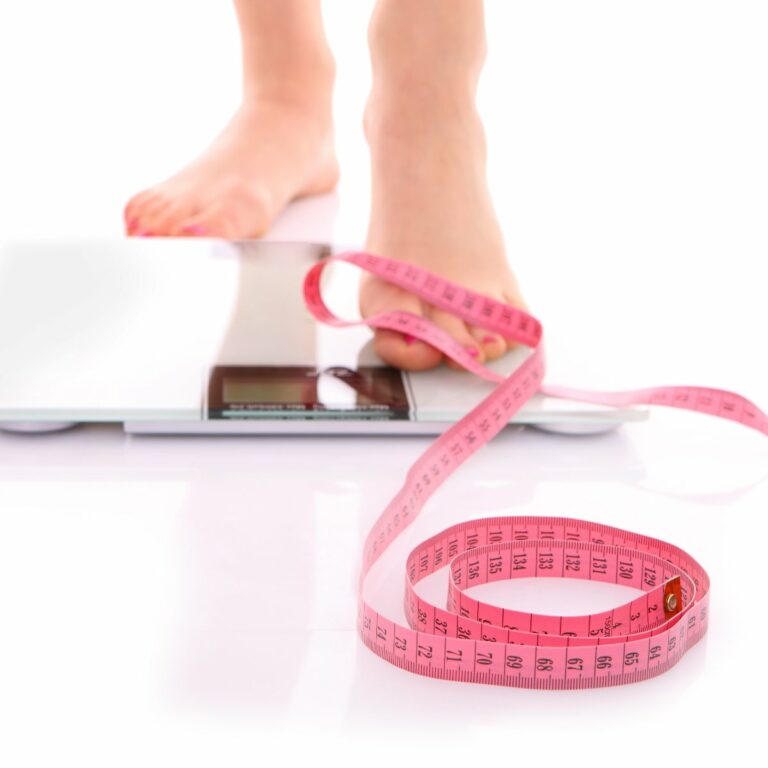
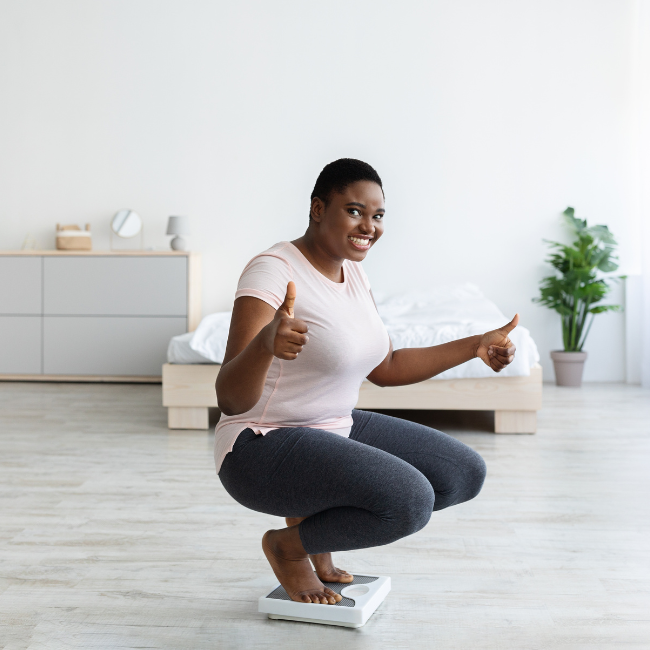
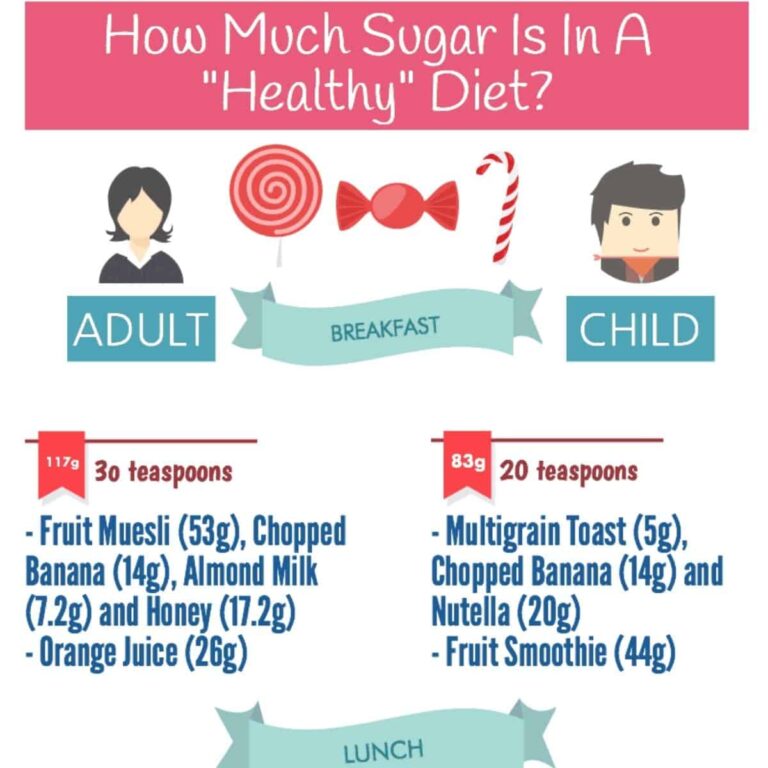
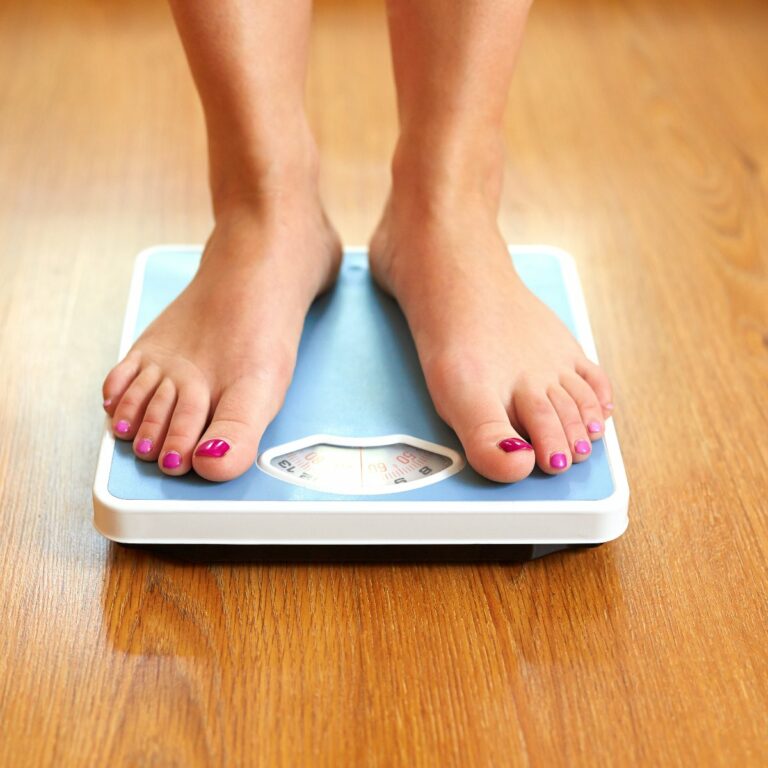

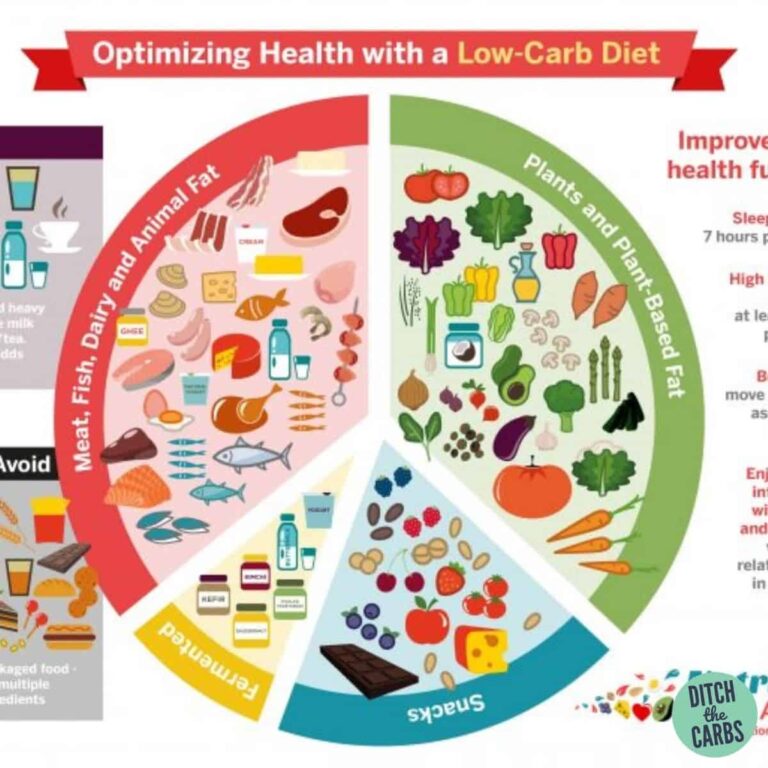
I was not sure what amounts to put in some areas. I am not sure if I have gotten this right. Any help would be appreciated.
Thank you.
Which area do you need help with?
I need help inputting my protein and fat in grams. I can add 20 grams for Carbs but the others are in percentage and I don’t know how to convert it.